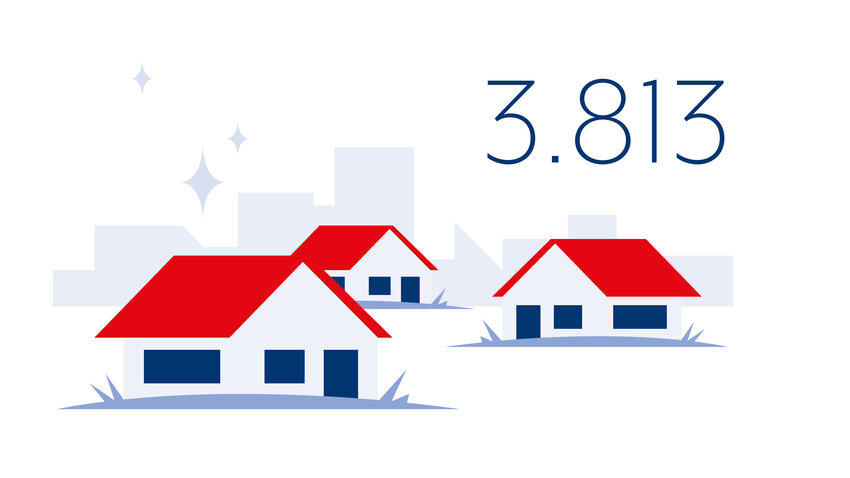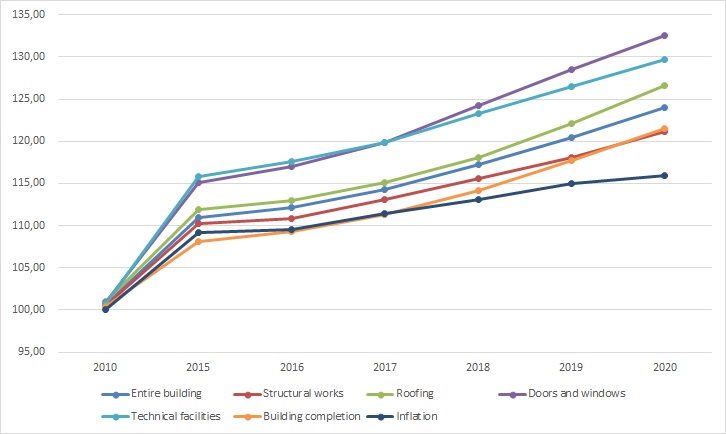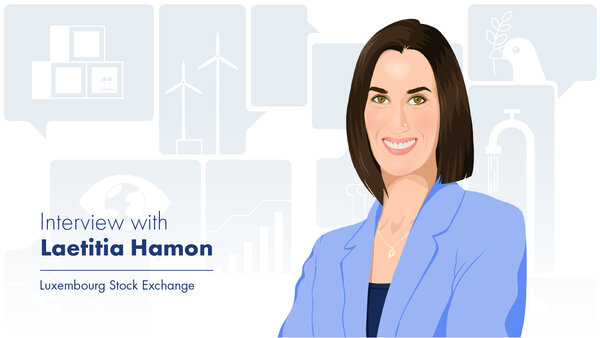![[Translate to English:] [Translate to English:]](/fileadmin/_processed_/c/f/csm_119__Portrait__Simone_van_Schouwenburg_Interview_1b6dcdd1cb.jpg)
In Luxembourg, nearly one in three of the active workforce is a foreigner and almost half of the working population are residents of our neighbouring countries. The country has a big expat community of foreigners that come to work and live in Luxembourg. We spoke to our colleague Simône van Schouwenburg about our Spuerkeess onboarding services for newcomers to Luxembourg.






![[Translate to English:] [Translate to English:]](/fileadmin/_processed_/8/a/csm_231__Portrait__Emir_Mustafic__Interview__1__91cec06c41.jpg)
![[Translate to English:] [Translate to English:]](/fileadmin/_processed_/8/7/csm_410_EXP_Luigi_Garofoli_Spuerkeess_6fe92987c1.jpg)
![[Translate to English:] [Translate to English:]](/fileadmin/_processed_/9/f/csm_419_EXP_Claude_Faber_Lisa_Wells_Raoul_Loudvig_150e57f346.jpg)
![[Translate to English:] [Translate to English:]](/fileadmin/_processed_/7/d/csm_417_RSE_Max_Didier_CDCL_ac53048797.jpg)
![[Translate to English:] [Translate to English:]](/fileadmin/_processed_/0/7/csm_Jessica_Thyrion_ESG_080dab77d5.png)

![[Translate to English:] [Translate to English:]](/fileadmin/_processed_/d/e/csm_409_EXP_Daniel_Madariaga_Christophe_Medinger_Spuerkeess_b365cdfa09.jpg)
![[Translate to English:] [Translate to English:]](/fileadmin/_processed_/5/4/csm_401_EXP_Laura_Schauss_Resultance_e79a4911e0.jpg)
![[Translate to English:] [Translate to English:]](/fileadmin/_processed_/6/4/csm_400_EXP_Franck_Alter_Johny_Basher_40d93ea01e.jpg)
![[Translate to English:] [Translate to English:]](/fileadmin/_processed_/7/a/csm_338__EXP__Bruno_Mendes__Spuerkeess_59c18ce92e.jpg)
![[Translate to English:] [Translate to English:]](/fileadmin/_processed_/8/2/csm_406_EXP_Emmanuelle_Kipper_Luxinnovation_3e6adf453e.jpg)